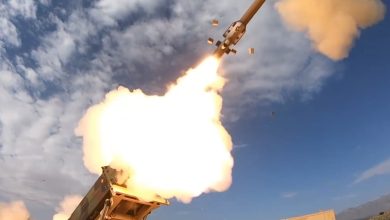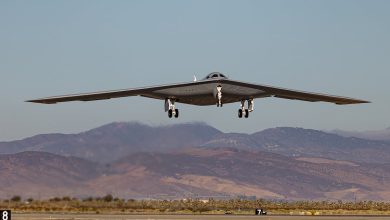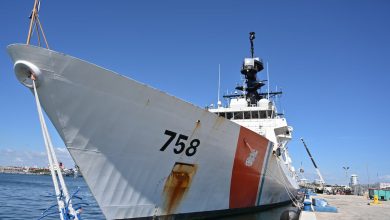Next-gen GCAP warplane faces time pressure amid American F-47 plans

ROME — The under-development GCAP fighter and the newly launched American F-47 can be cogs in an integrated allied system of fighters and not competitors, a European official has said.
“The F-47 will be principally a U.S. fighter and not a competitor to the GCAP,” said Italian Air Force Gen. Giandomenico Taricco, who is working on the Anglo-Japanese-Italian GCAP program.
“What we want is for the GCAP to be interoperable with the F-47, to make them two elements in an integrated system,” said Taricco, who is commercial and corporate director at GIGO, the intergovernmental agency running the sixth-generation GCAP program.
The U.S. signaled its arrival in the sixth-generation market in March when President Donald Trump said Boeing would develop the F-47 which could be fielded by the end of the decade.
That would give it a head start on the GCAP plane, which is not expected to be delivered until 2035.
Trump reportedly discussed the F-47 with Japanese Prime Minister Shigeru Ishiba last month.
“(Trump) said the United States has such great fighter jets and asked Ishiba if he would like to take a look at them,” wrote Japanese newspaper Asahi Shimbun, quoting unnamed sources.
Japan joined GCAP to be able to co-own the technology on board the plane, something it would be less able to do with an equivalent U.S. jet.
But there are growing reports Japan is unhappy with the time needed to develop the GCAP as neighbor China threatens its airspace with advanced fighters such as the planned sixth generation J-50.
Last month Reuters reported Japan was dubious GCAP would achieve its planned 2035 in-service date and was considering ordering more F-35s as a gap filler.
Taricco told Defense News that Italy and the U.K. shared Japan’s sense of urgency about keeping GCAP on schedule and even shortening the schedule.
“The Japanese are extremely motivated to accelerate the program and rightly so, as are we,” he said.
“We all share the urgency and everyone is putting pressure on,” he added.
Taricco, who has formerly worked on Italian Air Force acquisitions including U.S. Gulfstream sensor jets, is one of two directors at the U.K.-based GCAP International Government Organisation (GIGO) which teams the three government customers on the program.
He is joined by program and technical director Phil Brooker, a British former air vice-marshal.
They both report to Japanese chief executive Oka Masami, who was appointed for three years when the agency was stood up last year.
At the same time, an industrial joint venture was announced, teaming BAE Systems, Italy’s Leonardo and Japan’s JAIEC which is jointly funded by Japan’s Mitsubishi Heavy Industries (MHI) and the Society of Japanese Aerospace Companies.
Taricco said the joint venture would open for business “within weeks” and be based in the same building as GIGO at Green Park in Reading, close to London.
“The combined staff of the joint venture and GIGO there will be around 1,000 within 12-15 months,” he said.
Taricco said a first international contract will be signed by GIGO with the joint venture by the end of 2025 while GIGO will then likely sign a design and development contract with the joint venture “by the end of 2026 or the start of 2027.”
Planners envisage the fighter operating alongside drones, although work on unmanned platforms remains a national prerogative and no schedule has been set for including unmanned platforms in the work undertaken by the joint venture, Taricco said.
He said that export was a “fundamental part of the cooperation program,” adding that talks to bring in new partners such as Saudi Arabia are being handled at national government level. “At the moment, GIGO does not have direct contacts with possible partners,” said Taricco.
Tom Kington is the Italy correspondent for Defense News.







